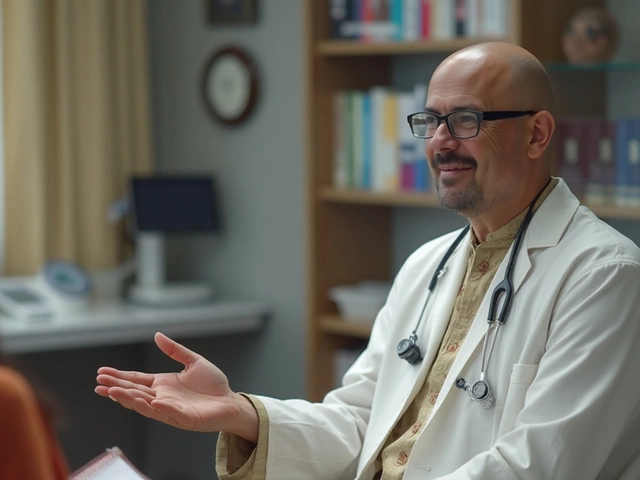Orthopedics: Your Guide to Bones, Joints, and Recovery
When working with Orthopedics, the medical field that diagnoses, treats, and prevents disorders of the musculoskeletal system. Also known as musculoskeletal medicine, it covers everything from broken bones to chronic joint pain.
One of the biggest sub‑areas is Knee Replacement, a surgical solution for severe knee arthritis. This procedure requires a structured rehab plan, pain management, and often a brief period of bed rest. Patients who follow the recommended exercises can regain mobility faster, while skipping rehab can lead to stiffness and longer recovery.
How Arthritis Shapes Orthopedic Care
Another core entity is Arthritis, the inflammation of joints that drives many orthopedic visits. Orthopedic doctors use X‑rays, MRIs, and blood tests to pinpoint the type of arthritis, then prescribe anti‑inflammatory meds, physical therapy, or surgery. The relationship is clear: arthritis influences treatment decisions in orthopedics, and early diagnosis can delay the need for joint replacement.
When you meet an Orthopedic Surgeon, expect a thorough evaluation of bone health, joint function, and lifestyle factors. Surgeons often discuss options ranging from medication for swelling to minimally invasive procedures. Their expertise bridges diagnosis and hands‑on treatment, making them essential for anyone facing chronic joint issues.
Bone healing is a fascinating side of orthopedics. Certain bones, like the scaphoid in the wrist, have a notoriously slow healing process because of limited blood supply. Understanding which bones heal quickly and which need extra support helps surgeons decide on fixation methods, such as plates, screws, or bone grafts. This knowledge directly impacts surgical outcomes and post‑op care plans.
Recovery isn’t just about the surgery itself. Rehabilitation facilities, known for average stays of a few days to two weeks, teach patients how to walk, climb stairs, and perform strengthening exercises safely. The goal is to prevent complications like stiffness—often the top complaint after knee replacement—and to rebuild confidence in daily activities.
Beyond knees, orthopedics also tackles nerve damage, swelling, and sports injuries. For example, anti‑inflammatory drugs can reduce orthopedic swelling, while specific rehab protocols help athletes return to play faster. These varied treatments show how orthopedics encompasses both surgical and non‑surgical approaches to improve patient quality of life.
In the collection below, you’ll find practical guides on topics such as managing post‑surgery pain, deciding when it’s safe to drive after knee surgery, and the real regret rates of knee replacement. Whether you’re a patient, a caregiver, or just curious about bone health, these articles provide actionable advice backed by real‑world insights.
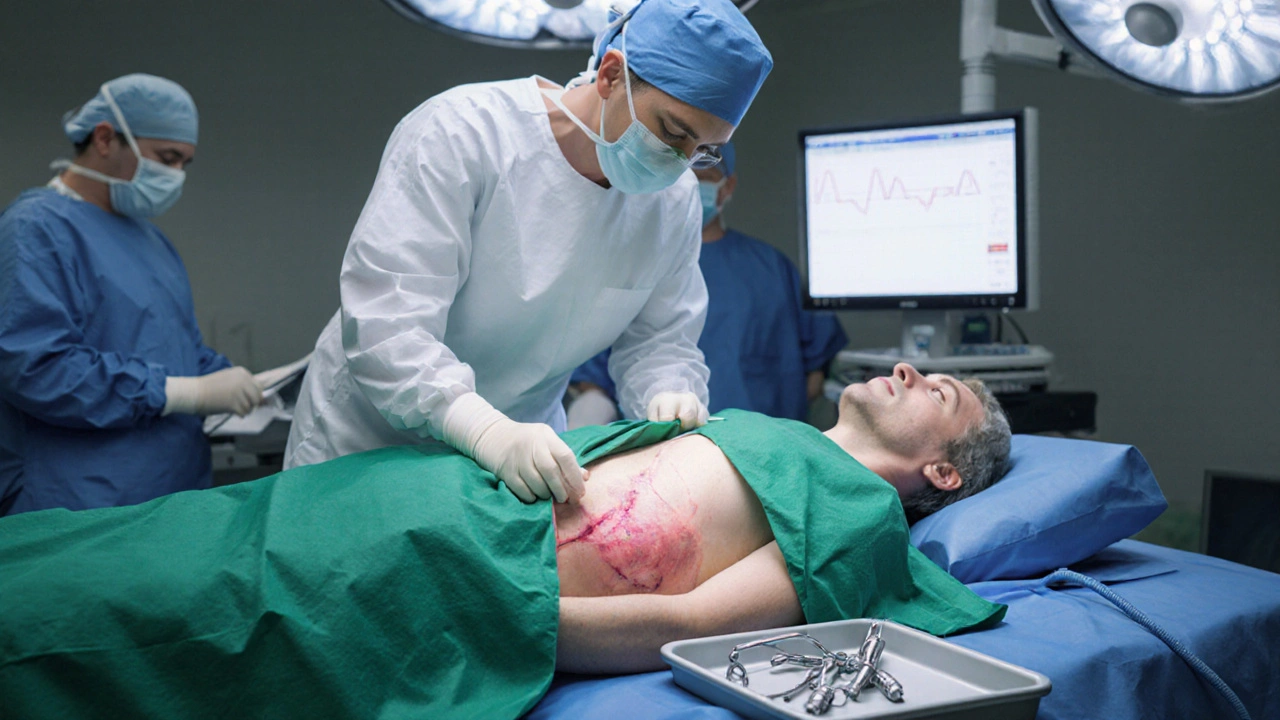
Total Knee Replacement Pain: What to Expect Before, During and After Surgery
Explore the real level of pain from a total knee replacement, from anaesthesia to recovery, with clear timelines, pain‑control tips and a quick FAQ.
read more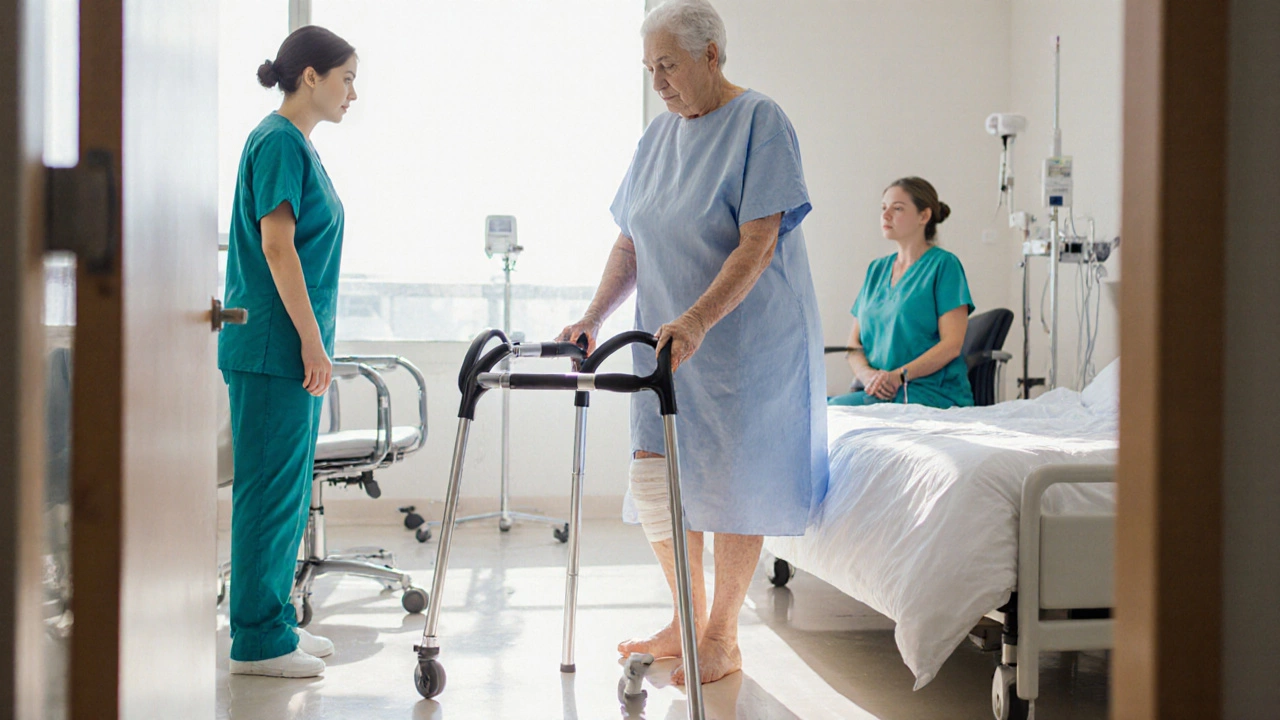
Walking After Knee Replacement: How Long Until You Move Normally?
Learn the typical timeline for walking after knee replacement, the factors that affect recovery, essential rehab exercises, and red‑flag symptoms to watch for.
read more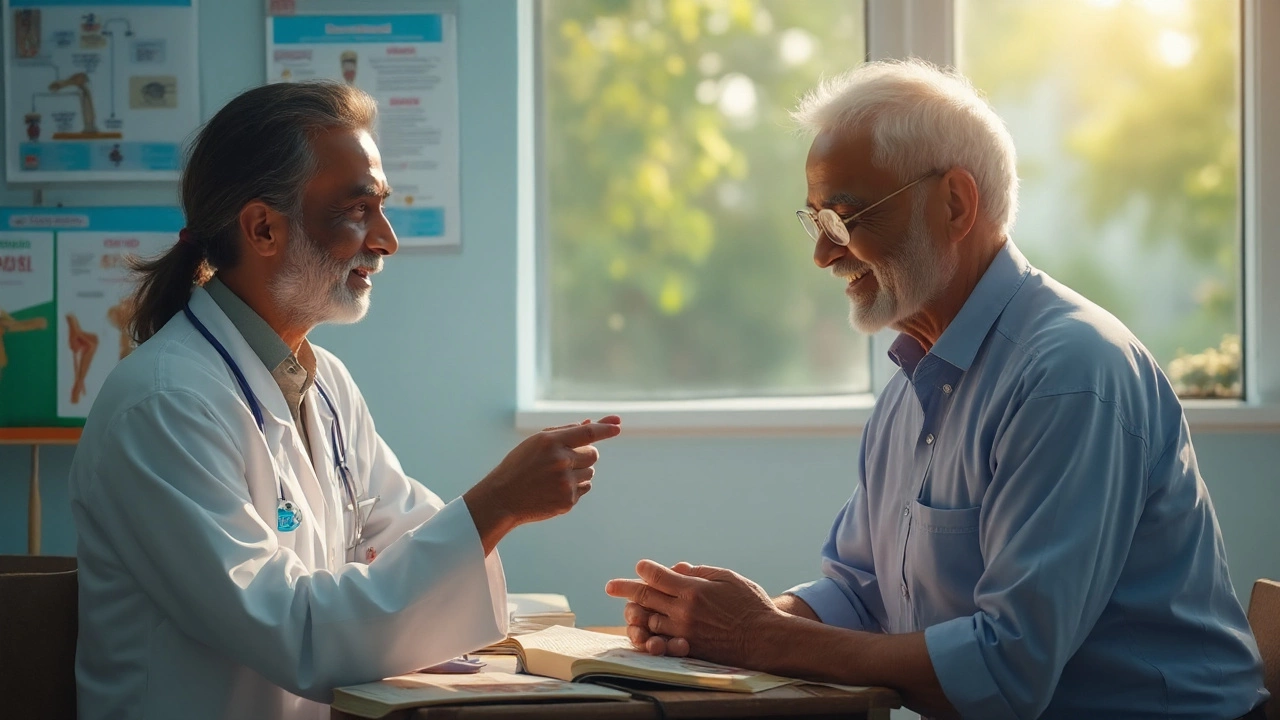
Medications for Orthopedic Swelling: What Works and When to Use Them
Learn about medications used to treat orthopedic swelling, when they work best, and which ones are safest. Practical guide with data, facts, and useful tips.
read more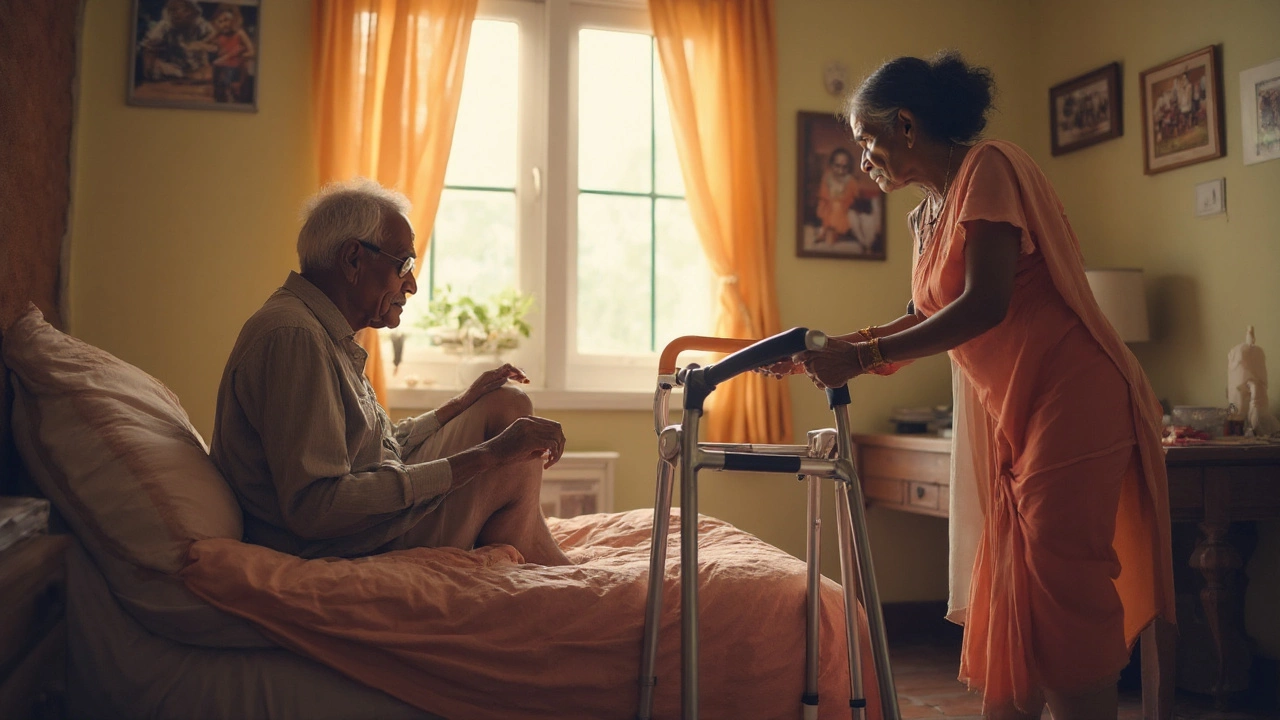
Hardest Part of Knee Replacement Recovery: Overcoming Pain, Mobility, and Emotional Hurdles
Knee replacement recovery isn't just about pain. Discover the toughest roadblocks, why mobility feels impossible at first, and get real-world tips to push through.
read more
Knee Replacement Stiffness: Will It Ever Go Away?
Many struggle with stiffness after knee replacement. This article reveals how long it lasts, when it goes away, and real tips to bring your knee back to life.
read more
Driving After Knee Surgery: How Soon is Safe & What You Must Know
Thinking of driving 2 weeks after knee surgery? Discover what doctors say, legal risks, real recovery timelines, and what happens if you rush. Read before turning that ignition.
read more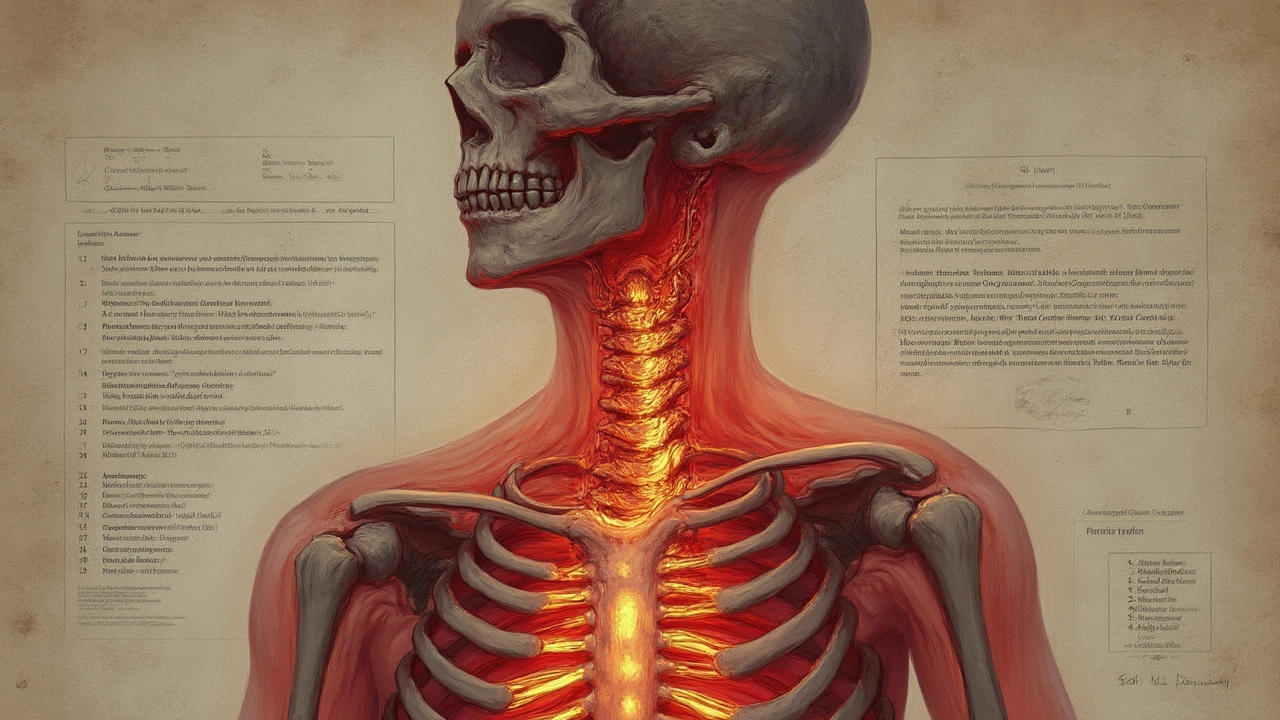
Which Bone Never Heals? Surprising Truth About Human Skeleton Injuries
Explore the mystery behind the bone that never heals, why it behaves this way, and how the body tackles bone injuries. Uncover fascinating facts and tips.
read more
Knee Replacement Regret Rate: What Patients Really Feel After Surgery
Thinking of knee replacement surgery? People often wonder if they'll regret it later. This article breaks down the actual regret rates, what tends to bother patients after their surgery, and the real reasons behind second thoughts. You'll also see tips and practical advice on making the decision and what to expect if you go through with it.
read more
Biggest Complaint After Knee Replacement: What You Need to Know
Wondering what keeps people up at night after knee replacement surgery? The number one complaint isn't hidden pain or scary complications—it's ongoing stiffness. This article unpacks why stiffness happens, how to tell if yours is normal, and easy steps you can take at home to help loosen things up. We’ll dive into what doctors see most often with recovery and share tips to get back on your feet with less frustration.
read more
Can an Orthopedic Doctor Diagnose Arthritis? Straight Answers for Achy Joints
Wondering if an orthopedic doctor can really diagnose arthritis? This article explains exactly how these specialists spot and treat arthritis, what tests they use, and what signs to watch for. You'll get clear examples, facts, and hands-on tips for the next time your joints start acting up. Skip the medical jargon and learn what to expect if you visit an ortho. Give yourself a head start before your next appointment.
read more
Knee Replacement Bed Rest: How Long Will You Really Need?
Worried about how much bed rest you'll need after a knee replacement? This article cuts through the confusion, giving clear advice on when you can get moving, what recovery looks like day to day, and how real people manage life after surgery. Discover practical tips to speed up healing, avoid setbacks, and safely return to your usual activities with confidence. If you want honest answers and smart recovery hacks from someone who's been there, you'll find them here.
read more
How to Loosen Up a Stiff Knee After Knee Replacement
A stiff knee after knee replacement can be a real pain—literally. This article lays out why your knee feels tight, what you can do on your own, which warning signs you should watch for, and how the experts can help when home remedies aren’t enough. You'll get practical tips and everyday advice, not just medical jargon. It's all about getting your knee moving again so you can get back to normal life.
read more


